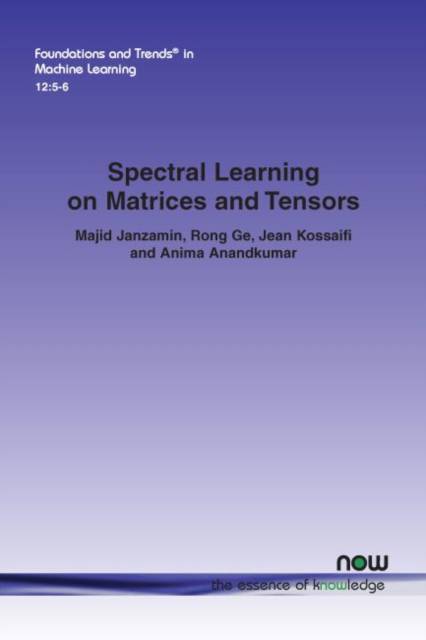
- Afhalen na 1 uur in een winkel met voorraad
- Gratis thuislevering in België vanaf € 30
- Ruim aanbod met 7 miljoen producten
- Afhalen na 1 uur in een winkel met voorraad
- Gratis thuislevering in België vanaf € 30
- Ruim aanbod met 7 miljoen producten
Zoeken
€ 106,45
+ 212 punten
Omschrijving
Surveys recent progress in using spectral methods, including matrix and tensor decomposition techniques, to learn many popular latent variable models. The focus is on a special type of tensor decomposition called CP decomposition. The authors cover a wide range of algorithms to find the components of such tensor decomposition.
Specificaties
Betrokkenen
- Auteur(s):
- Uitgeverij:
Inhoud
- Aantal bladzijden:
- 156
- Reeks:
Eigenschappen
- Productcode (EAN):
- 9781680836400
- Verschijningsdatum:
- 28/11/2019
- Uitvoering:
- Paperback
- Afmetingen:
- 235 mm x 154 mm
- Gewicht:
- 260 g

Alleen bij Standaard Boekhandel
+ 212 punten op je klantenkaart van Standaard Boekhandel
Beoordelingen
We publiceren alleen reviews die voldoen aan de voorwaarden voor reviews. Bekijk onze voorwaarden voor reviews.








